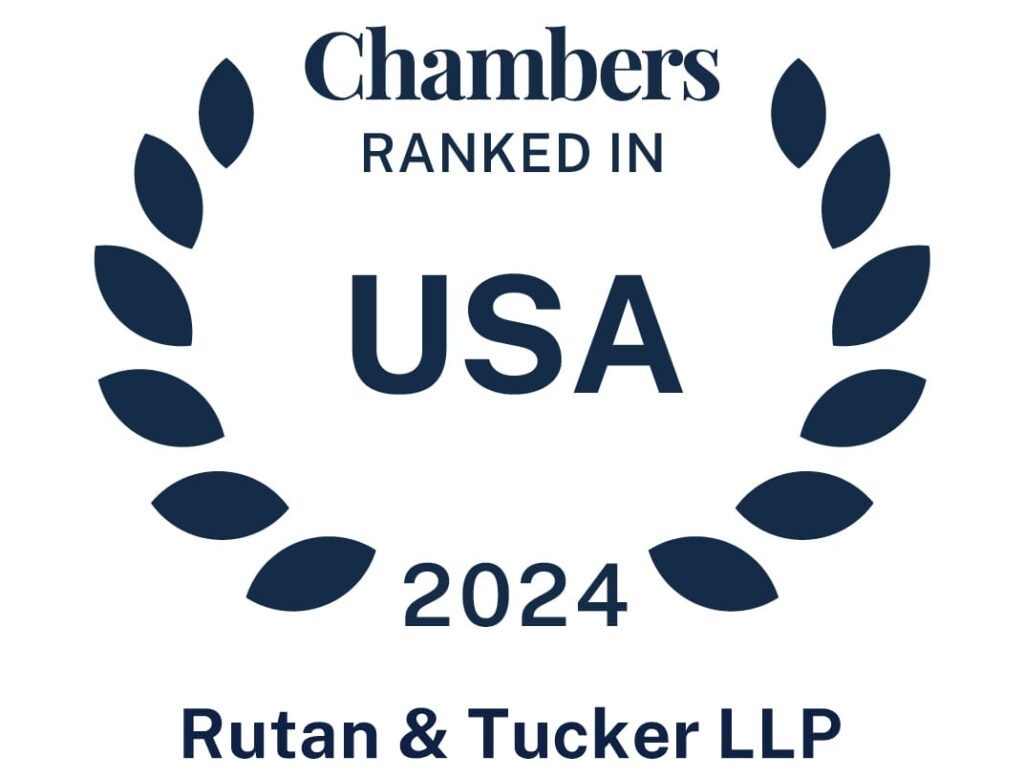Jeremy Jungreis spoke with Law360 for an article published on January 11, 2017, about the potential for California bracing for a reduction of U.S. Environmental Protection Agency and Clean Water Act regulation of waters and wetlands. He said developers as a result face uncertainty and potentially higher costs and more regulatory hurdles.
Attorneys quoted in the story say President-elect Donald Trump or Congress could make substantial changes to federal regulations, opening up more areas for development unless states like California rush to put in place their own state protections, and that’s creating uncertainty in the development community.
Sources said the question of requirements for capturing stormwater runoff at development sites, a costly endeavor, is hanging in the balance, since the EPA may roll back regulations there and California may not come up with the same level of regulation.
The EPA has been particularly active in providing guidance on stormwater capture, which limits the areas where developers can build and increases development costs. New California regulations in that area may not keep pace with federal regulation, particularly given the state’s affordable housing crisis and its push to streamline development.
“You could see some relaxation of some of the guidance,” Jungreis said. “The EPA has been aggressive in … requiring large amounts of stormwater to be captured and stored. That could change.”
If developers in California wish to fill in wetlands, they have the burden of proof of demonstrating to the federal government that they can’t modify their projects, and then have to negotiate a way to compensate for the loss of wetlands — for example, by adding additional wetlands or restoring other wetlands.



